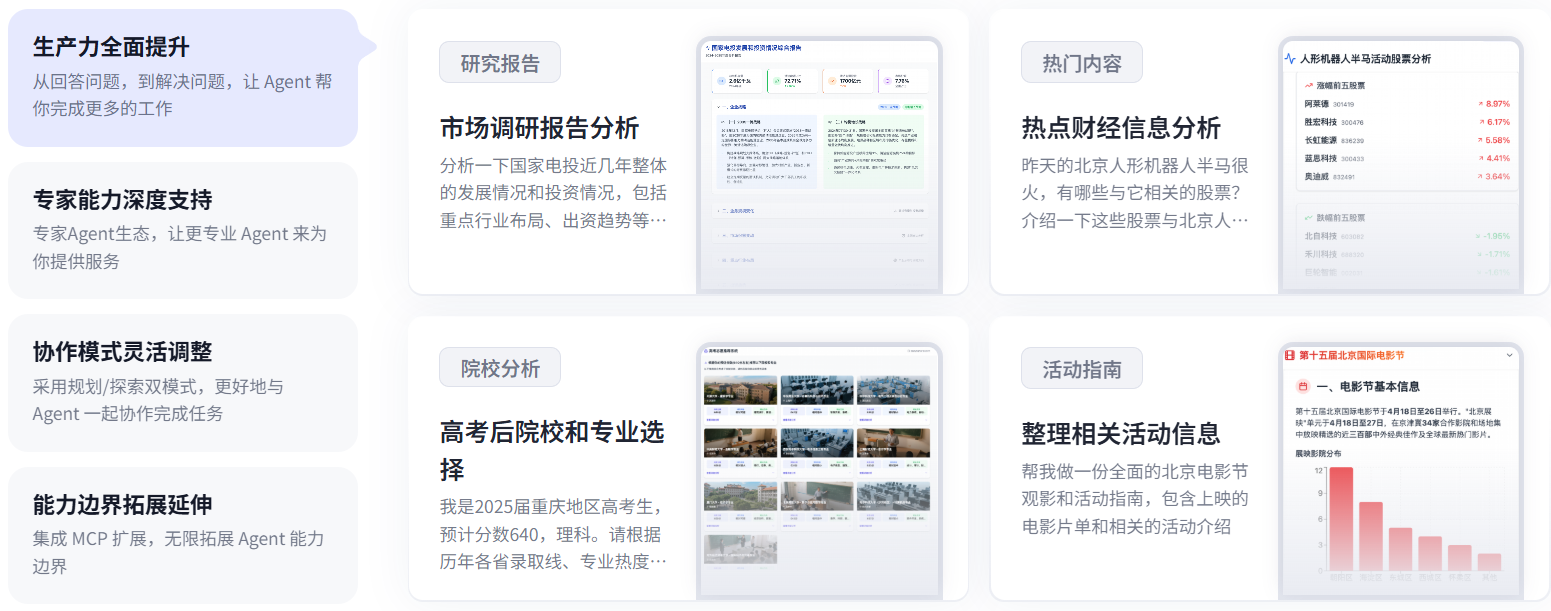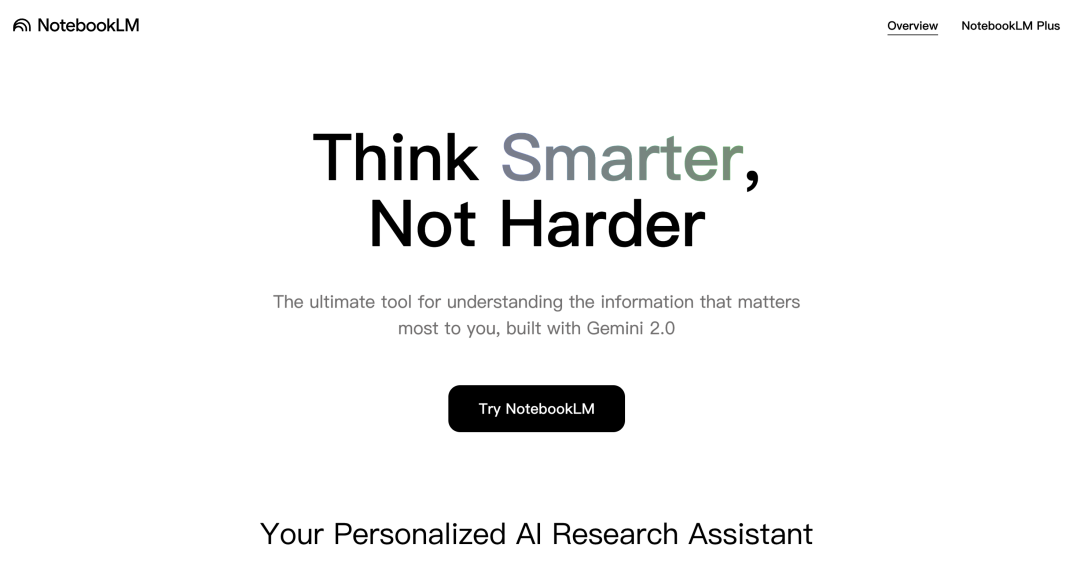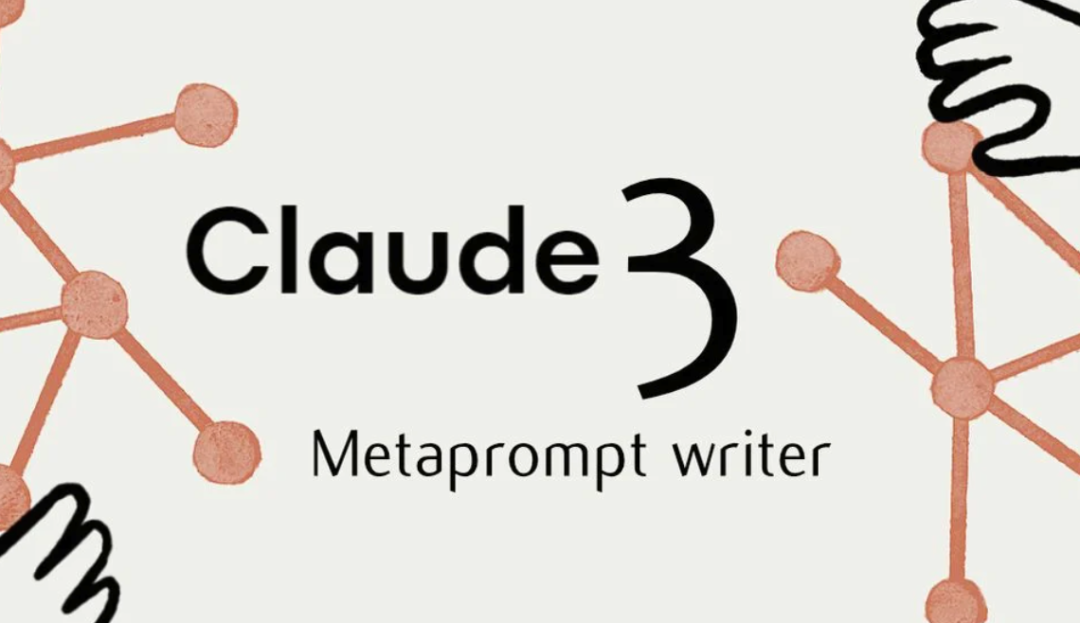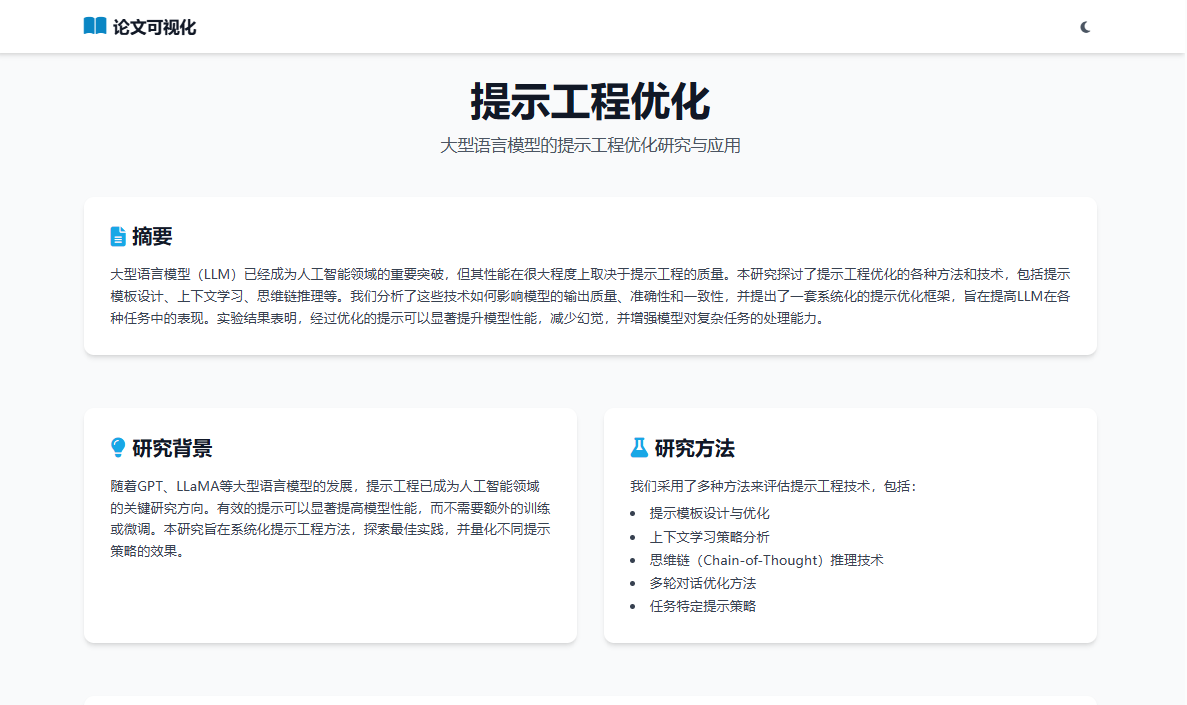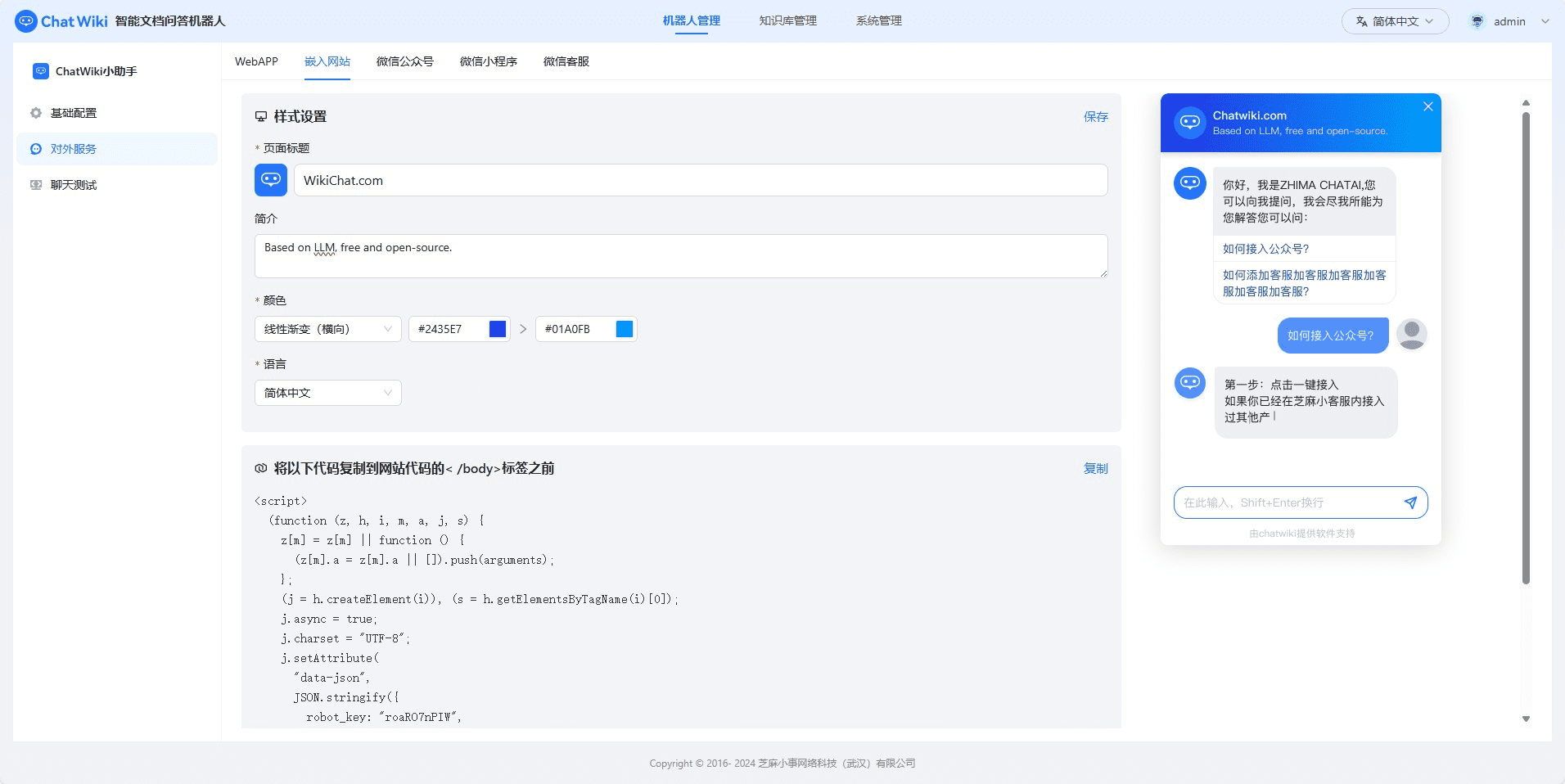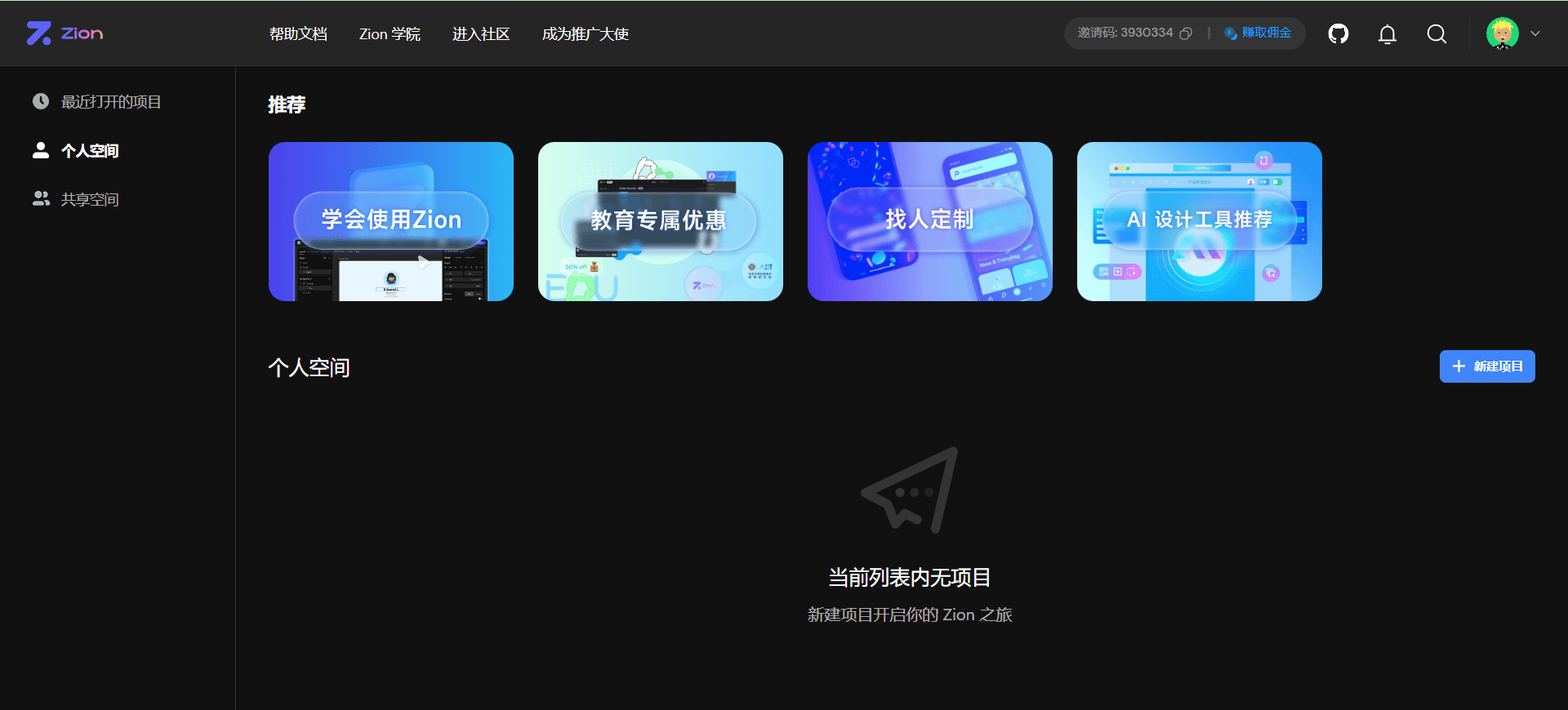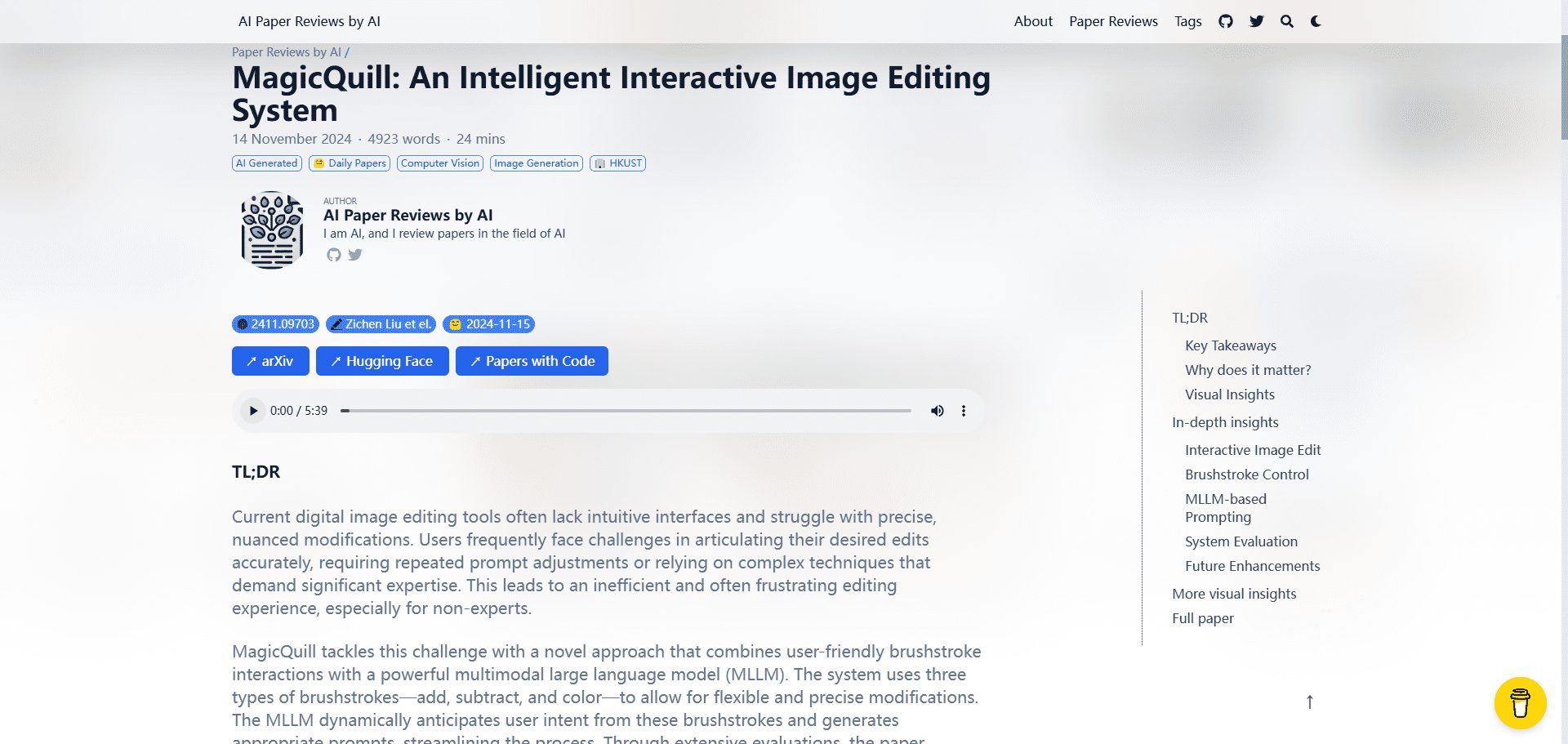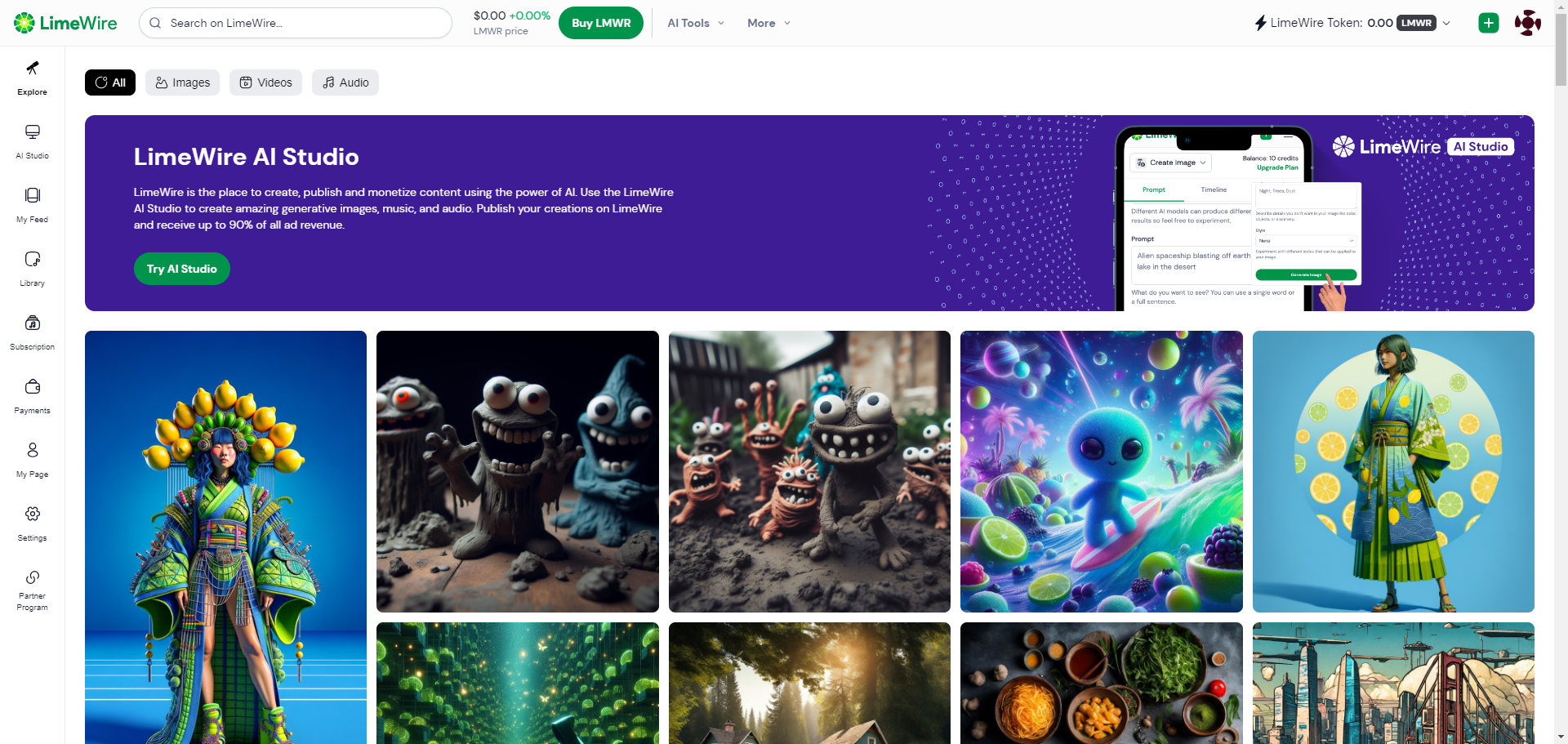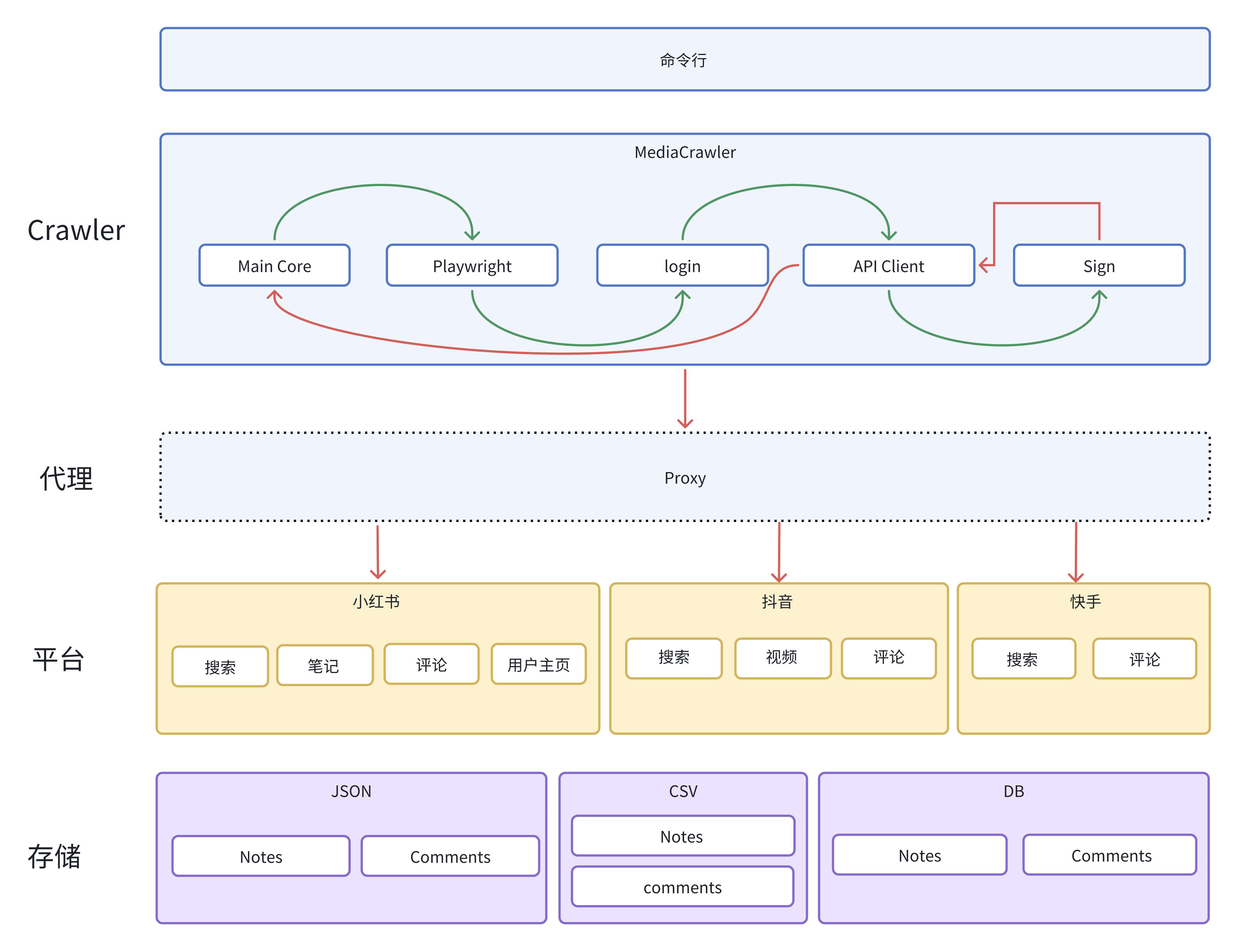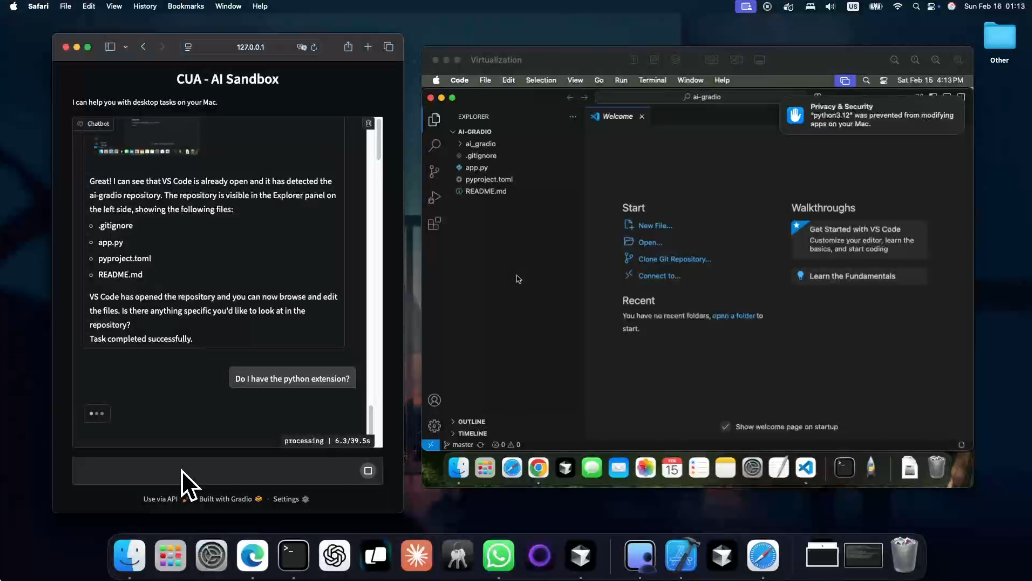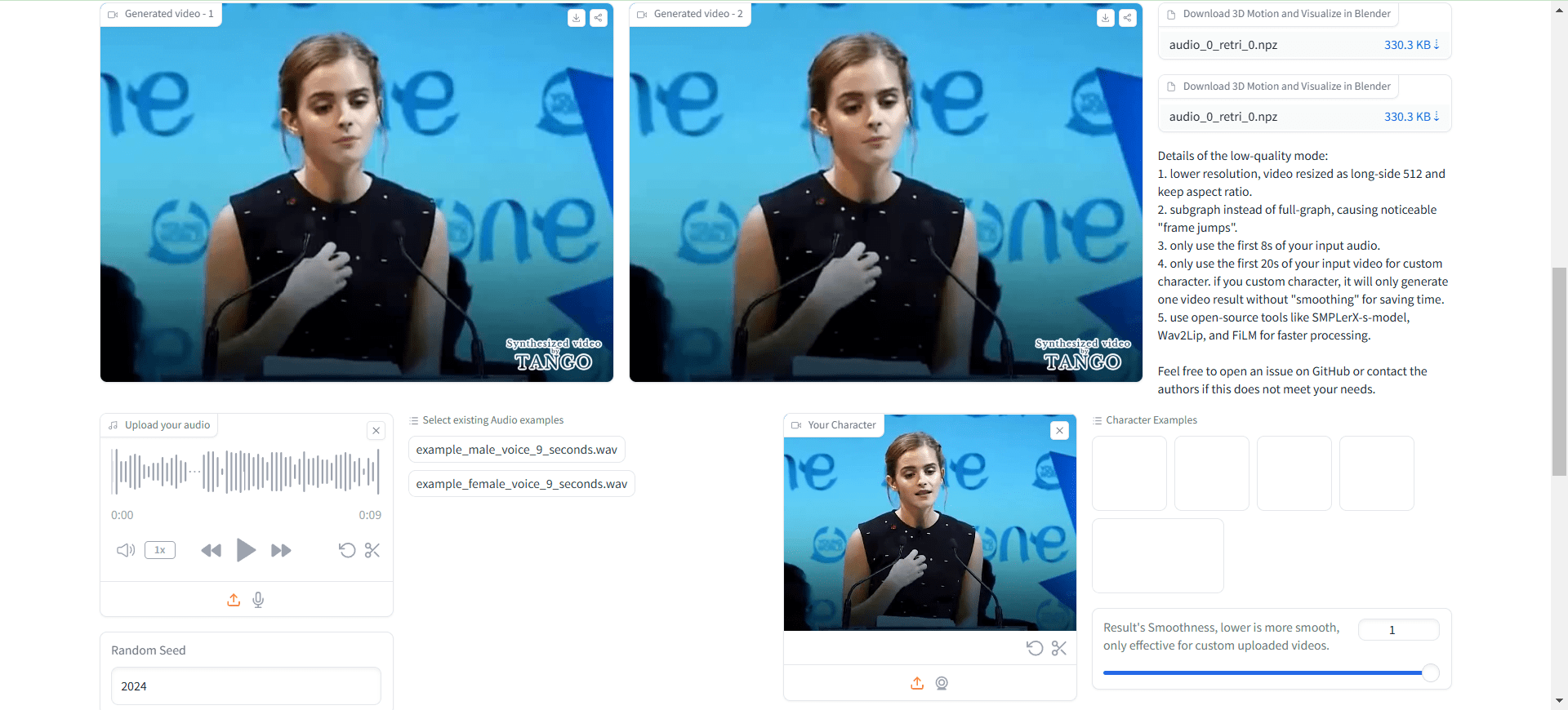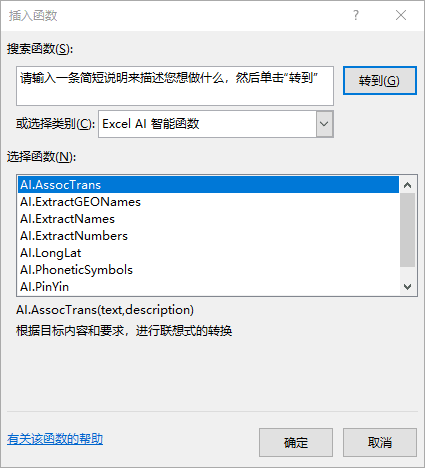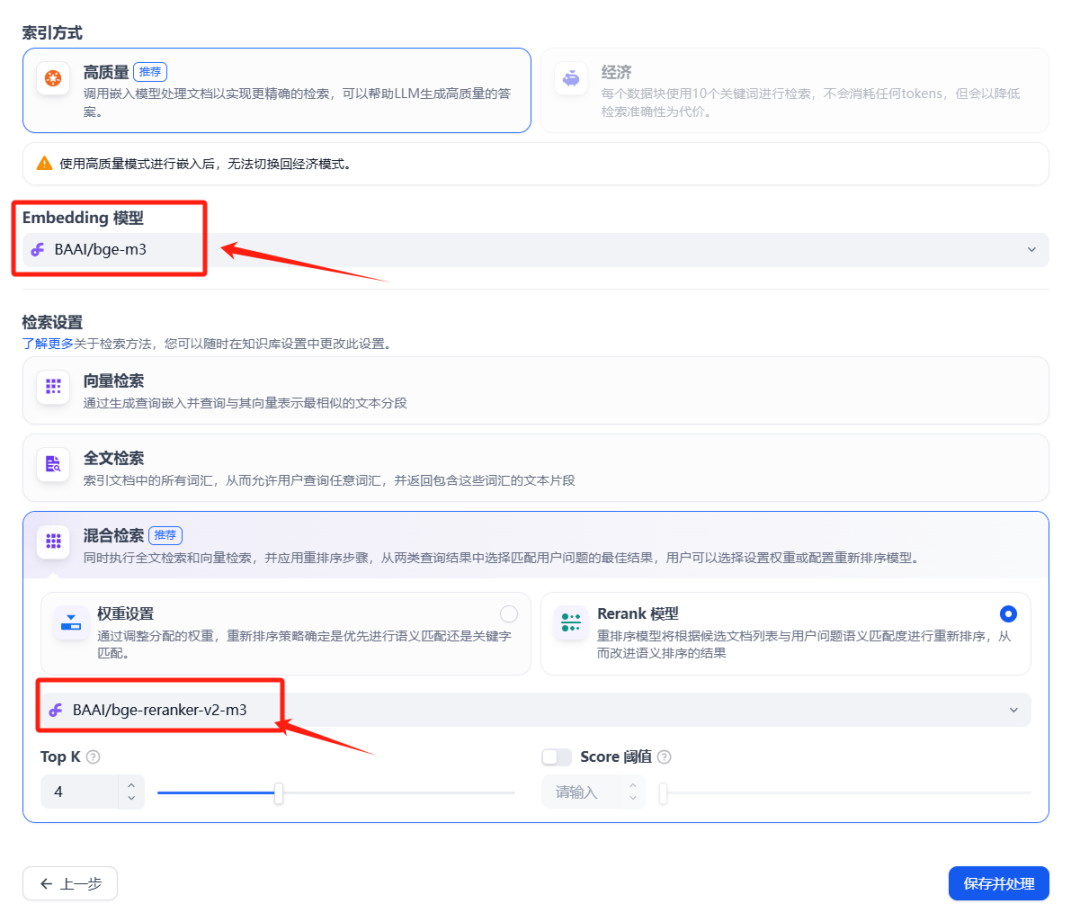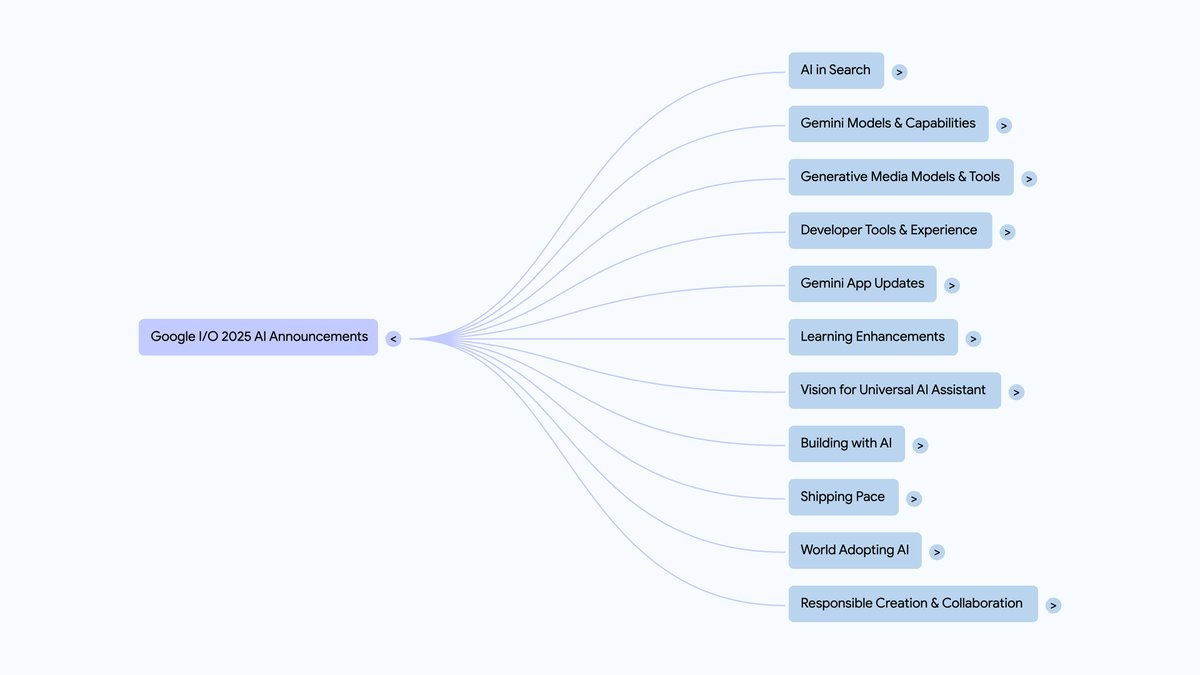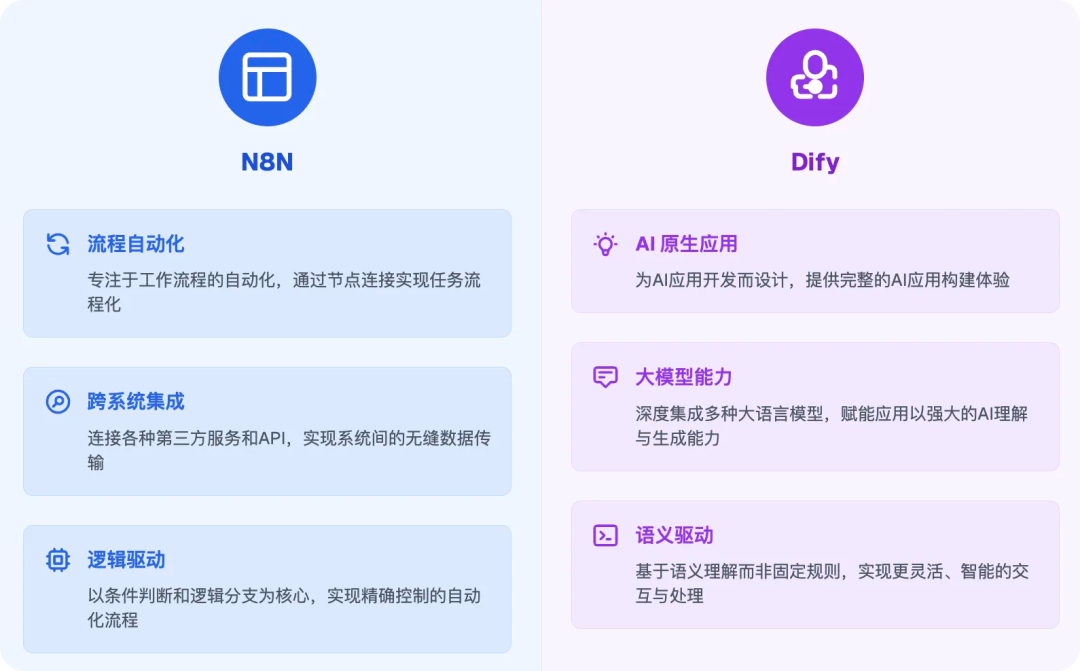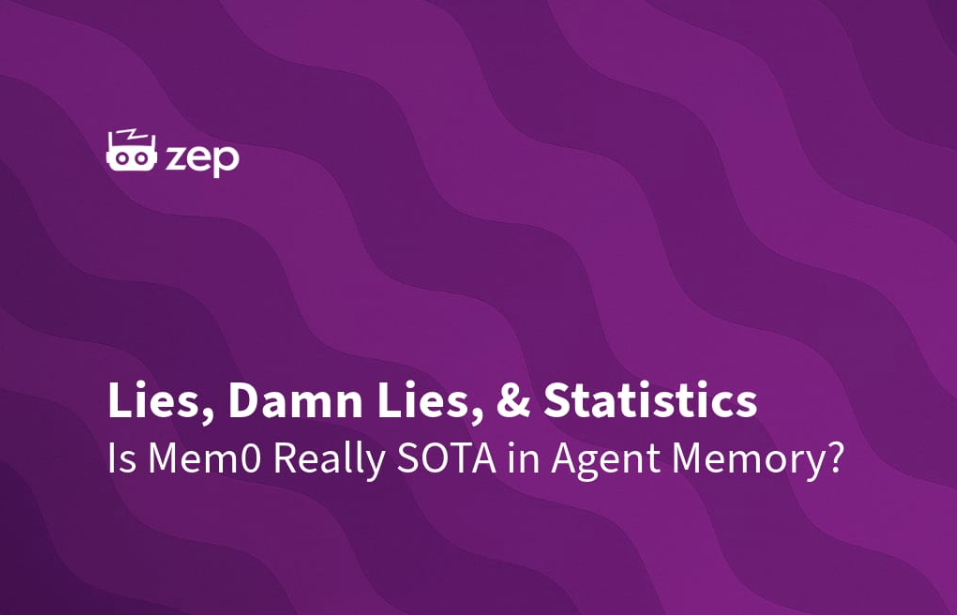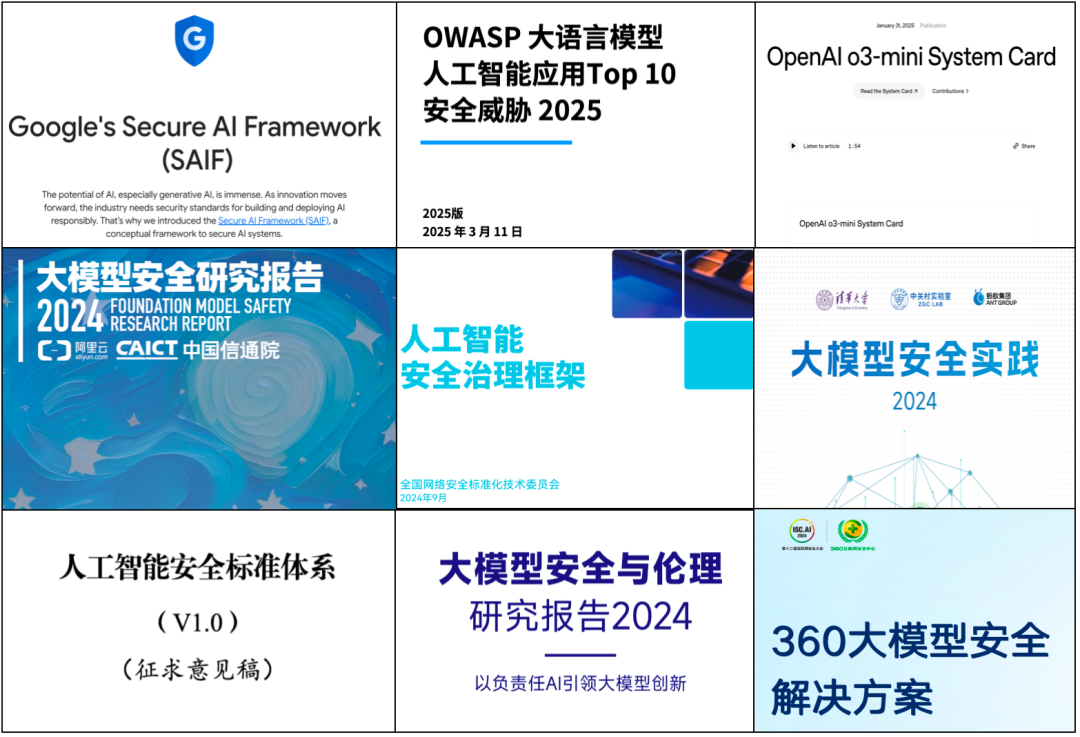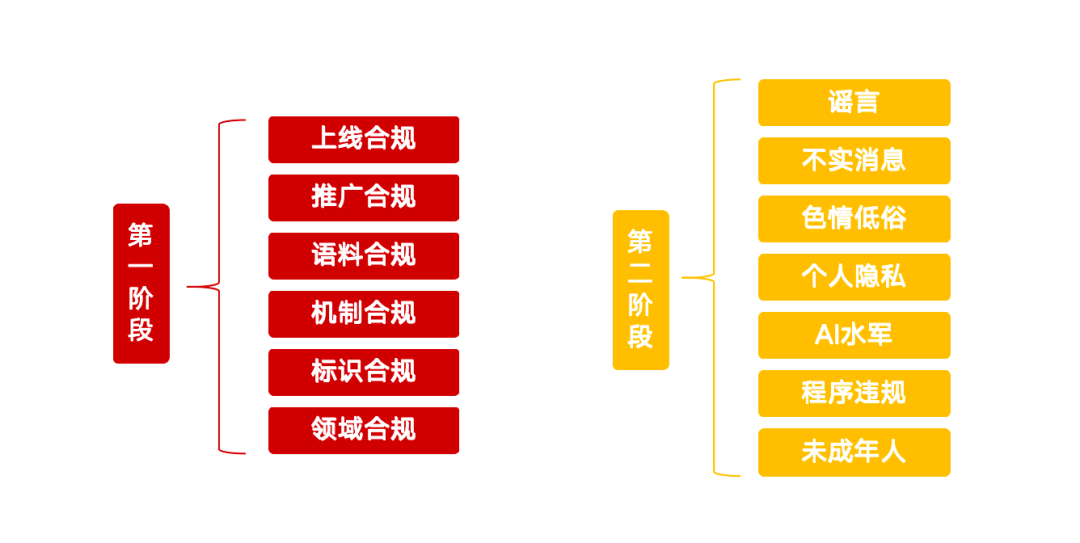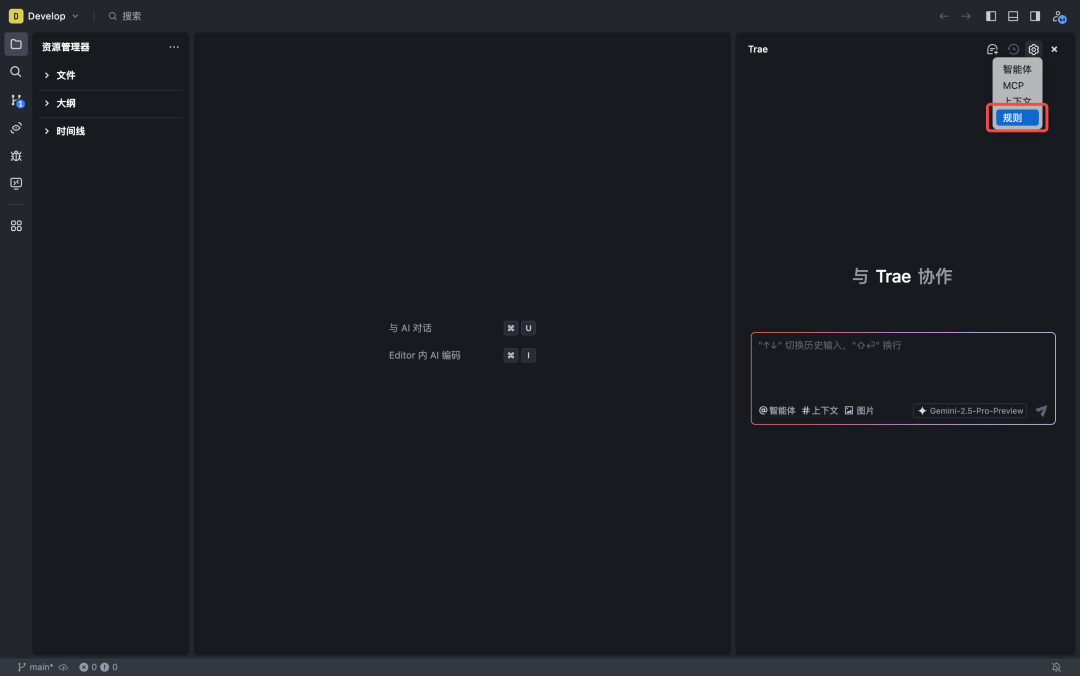IMPORTANT NOTE: If the original article has author and source information, summarize it by using the author's name and source information directly, rather than using "author" pronouns. For example, "Tim Ferriss shares 3 stories about ...... on the podcast "The Tim Ferriss Show 203""
Regarding the typographical principles of Chinese: please separate the natural paragraphs according to the semantics.Please organize, reorganize, and refine the document in Simplified Chinese according to the following steps.
Step 1: Organize and Refactor
Read the text carefully to understand the main idea, line of thought, and topic of the article.
Categorize the content of the article according to the theme to form a hierarchical and logical structure.
Language refinement of the categorized sections to make the text more fluent and concise
All key information, data and details of the original text are retained to the extent possible, with the aim of achieving zero loss of information.
Include appropriate headings in front of each section to facilitate quick indexing and orientation of the readerStep 2: Refinement of key points
On the basis of organizing and reconstructing, distill 3-5 core points
Each point consists of a main argument and 2-3 supporting arguments
Arguments should come from the original text and be able to strongly support the argument and provide the finishing touch.
The main points should comprehensively cover the core thesis of the essay, highlighting the main ideas and values of the essay
Points should be presented in a concise manner, avoiding redundancy, highlighting the main points and getting to the heart of the matter.Step 3: Extract resources
Identify tools, people, books, articles or other resources mentioned in the article
Provide a brief explanation of each resource in 200 words or less, identifying its unique features.
Provide links to resourcesAlso, in reading this post, I have highlighted the following sections, considering these to be the highlights of the article, to give you a reference to learn from:
{% for highlight in document.highlights %} – {{ highlight.content }} {% endfor %}
{#- The following if-else logic checks the length of the document. If the document is long, it will use key phrases to avoid exceeding the limits of the GPT prompt window. We strongly recommend not changing this setting unless you know what you are doing. -#}
{% if (document.content | count_tokens) > 2000 %}
{{ document.content | central_sentences | join(‘\n\n’) }}
{% else %}
{{ document.content }}
{% endif %}Basic format:
“””
Title: {{ document.title }}
Author: {{ document.author }}
Source: {{ document.domain }}Synopsis:
Core Points:
Resources:
“””Output format requirements.
正文部分,以”概要”为标题
要点提炼部分,以”核心要点”为标题,各要点用”要点1″”要点2″等加以标示
Resources section, headed "Resources"
Segmentation between sections is done using markdown syntax to ensure a clear and aesthetically pleasing hierarchy.Other requirements.
输出内容需包含以上三部分,并按照”输出格式要求”指定的顺序排列
Before outputting, please read through the entire response again, checking for any typos, misuse of punctuation, or speech defects, etc., and try to make it flawless!
After the output, please give your suggestions for next steps in relation to the content mentioned in the text. A brief description of 2-3 actions is sufficient.




